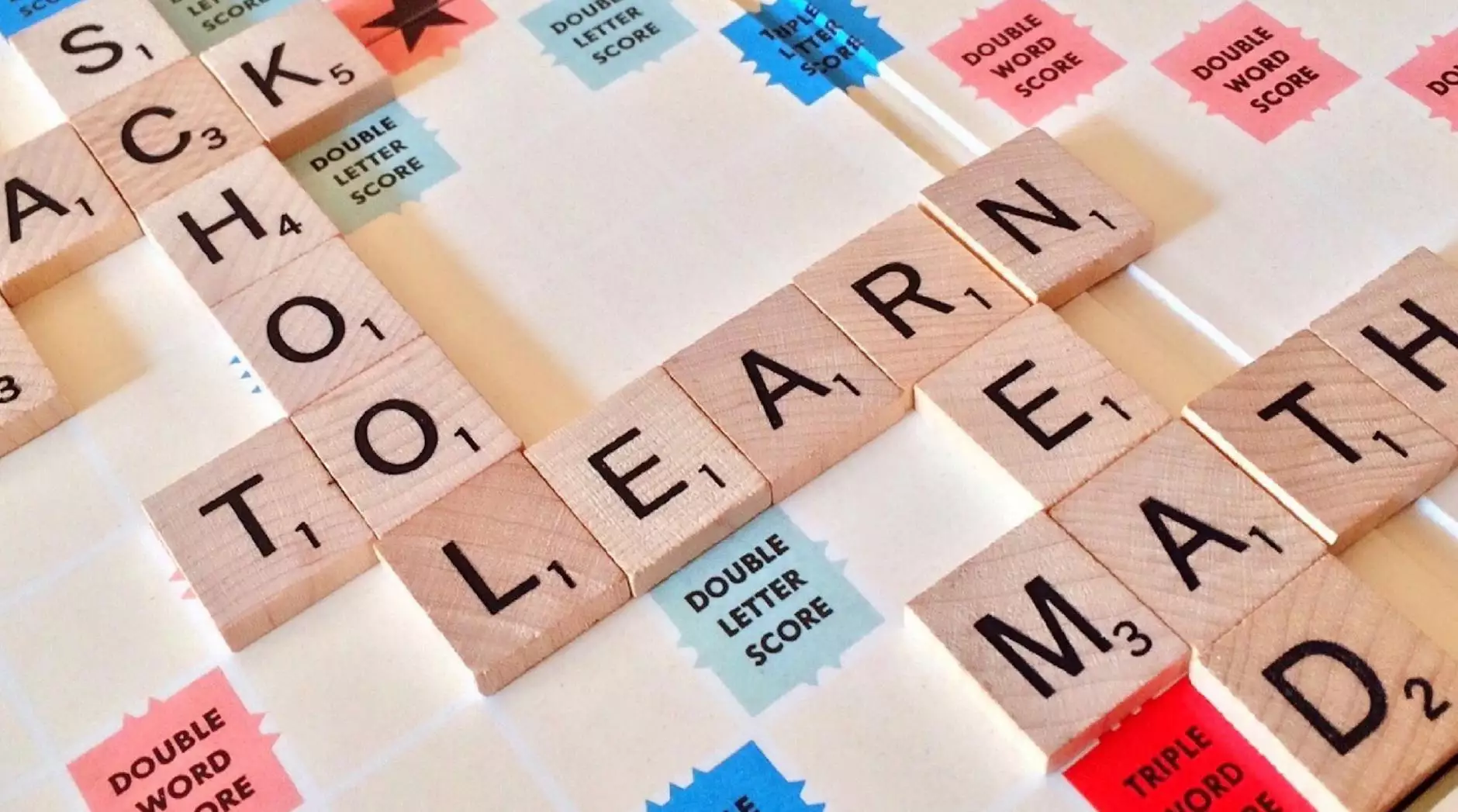English Lesson: Articles & Countable / Non-Countable Nouns
English Grammar Lessons
What are Countable and Non-Countable Nouns?
In the English language, nouns can be categorized into two main types: countable and non-countable nouns. Countable nouns are things that we can count or quantify individually, such as books, chairs, and apples. Non-countable nouns, on the other hand, are substances, concepts, or things that cannot be counted, such as water, advice, and knowledge.
The Use of Articles with Countable and Non-Countable Nouns
One important aspect of using countable and non-countable nouns is understanding the usage of articles. Articles are words that precede a noun to specify whether the noun is general or specific. There are three types of articles: definite article "the," indefinite article "a/an," and zero article (no article).
Using Articles with Countable Nouns
With countable nouns, we typically use the indefinite article "a/an" when we are referring to a general instance of the noun. For example, "I saw a cat in the garden." Here, we are talking about any cat in general.
On the other hand, we use the definite article "the" when we are referring to a specific instance of the noun. For example, "I saw the cat that always visits our backyard." Here, we are referring to a particular cat that we regularly see.
Using Articles with Non-Countable Nouns
Non-countable nouns, as mentioned before, cannot be counted. Therefore, we don't use articles before them when we are talking about them in a general sense. For example, "I need water to quench my thirst." Here, we are referring to water in general and not a specific quantity of water.
However, when we want to refer to a specific or particular instance of a non-countable noun, we can use some phrases or expressions to provide that specificity. For example, "I need a glass of water to quench my thirst." Here, we are referring to a specific quantity of water, namely, a glass.
Exceptions and Additional Rules
While the rules for using articles with countable and non-countable nouns are relatively straightforward, there are some exceptions and additional rules to be aware of:
Plural Countable Nouns
When countable nouns are in their plural form, we generally don't use any article before them when referring to them in a general sense. For example, "Cats are independent animals." Here, we don't use an article before the plural noun "cats."
Specific Non-Countable Nouns
Some non-countable nouns can become countable when they are used to refer to specific types or instances of the noun. For example, "I have read two books this week." Here, the non-countable noun "books" becomes countable as we are referring to specific instances of books.
Conclusion
Understanding the difference between countable and non-countable nouns and how to use articles correctly is crucial for developing your English language skills. NJCLT offers comprehensive language training sessions to help you improve your English proficiency. Join us and enhance your ability to communicate effectively in English.










